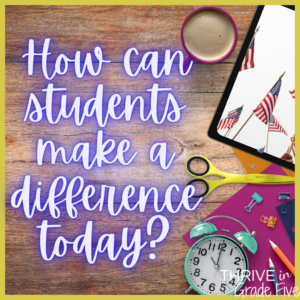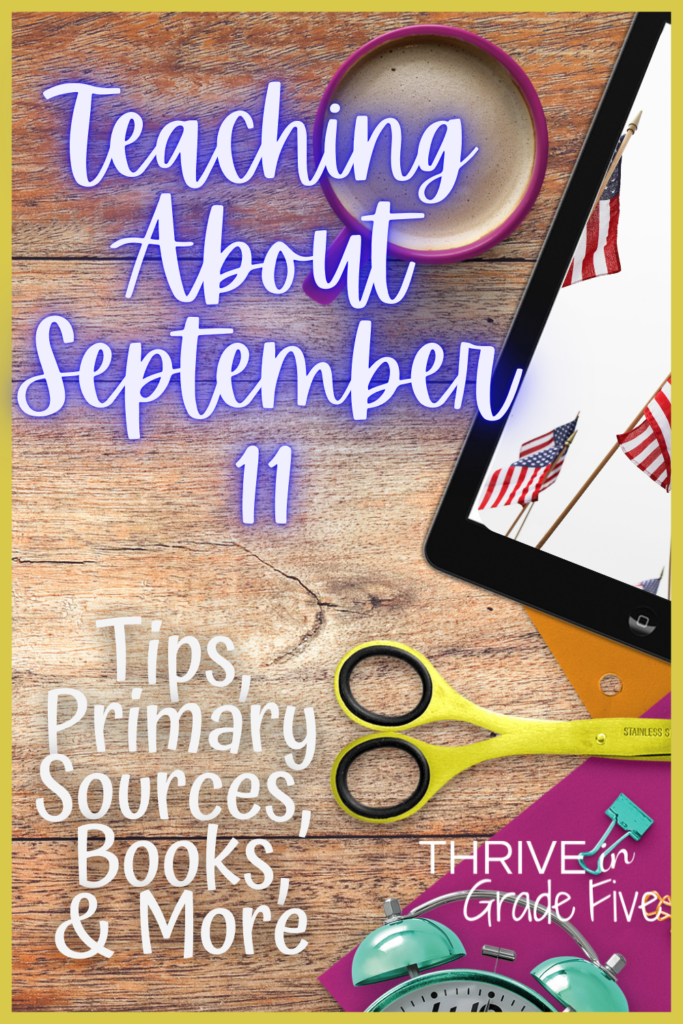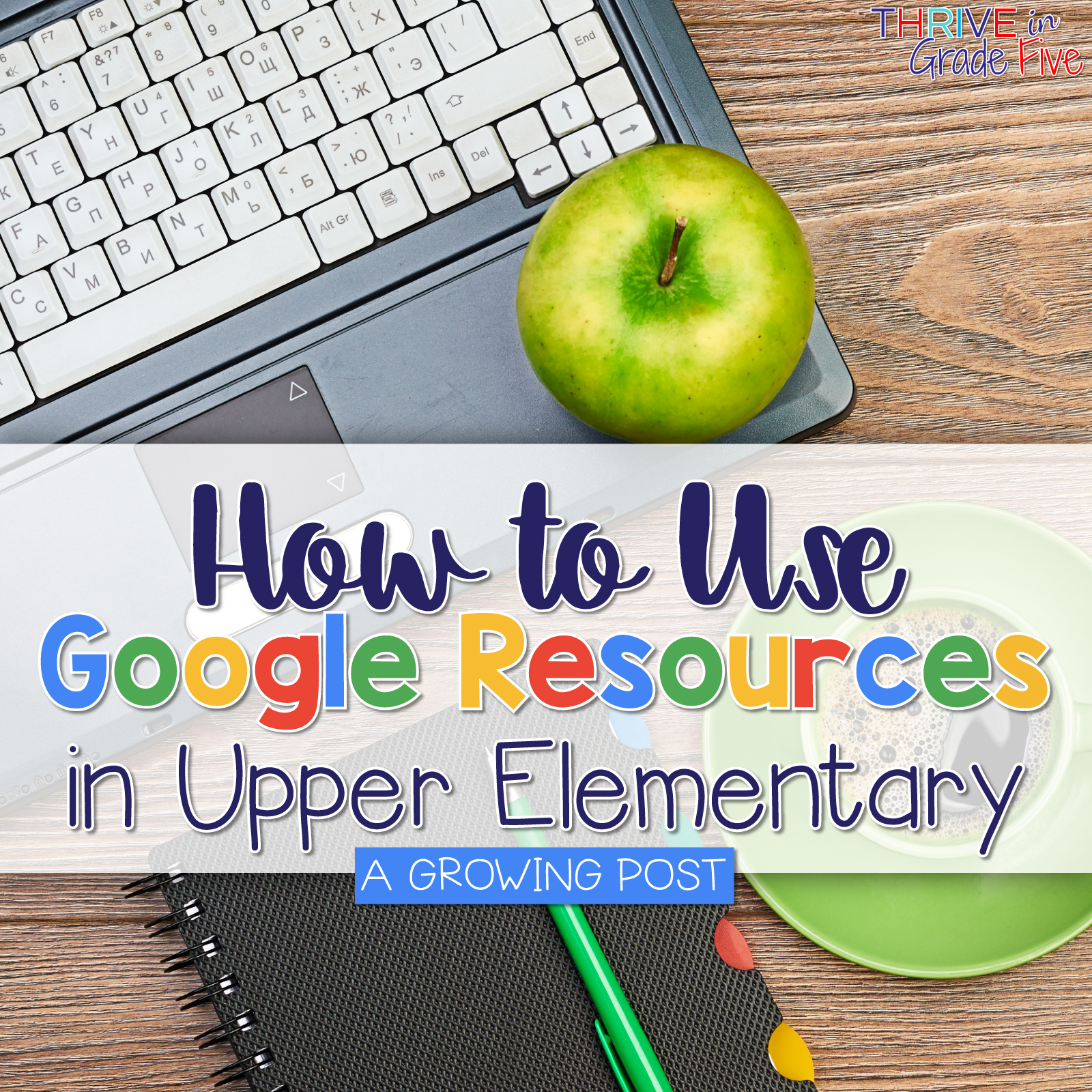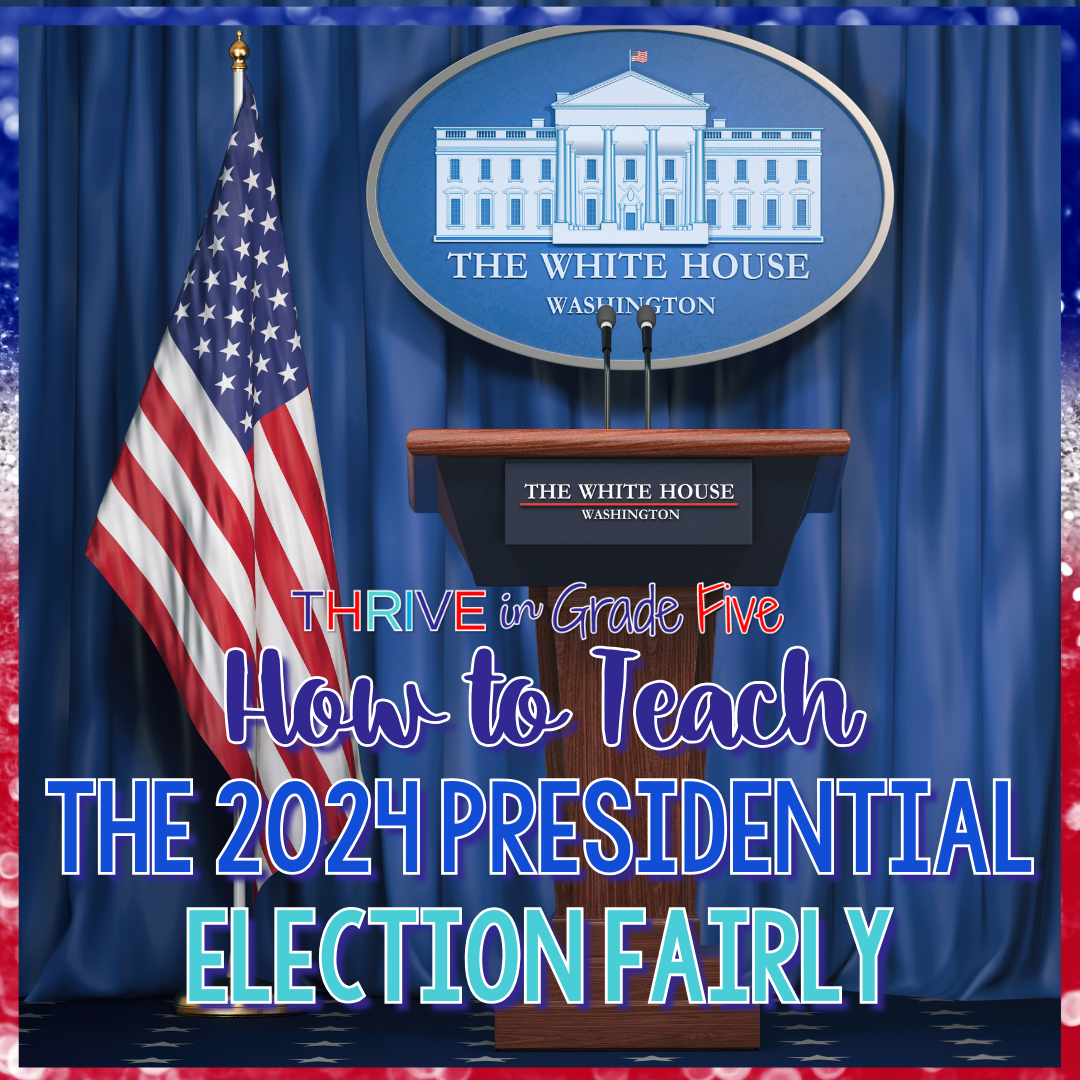Teaching about September 11, 2001 is not easy.
I love telling my students stories about the past but this terrible day in American history is difficult for me to discuss.
Honestly, I avoided talking about September 11 with students for years. I just couldn’t mention it because it felt so traumatic.
A couple of years ago, however, I decided that my students needed at least a quick lesson on September 11. Most of them had never heard of this day or had been told very little.
Students need to know why we observe Patriot Day every September 11.
So, with an upper elementary focus on appropriateness, I do spend one or two class periods teaching about September 11.
Are you looking for more upper elementary social studies/writing resources and ideas? I’d love for you to join my weekly VIP email club with no spam, just helpful tips, ideas, and resources!
My Experience
Those of us who are old enough to remember the events of September 11, 2001 will never forget the images and emotions of that day.
I had just started my sophomore year of college. During my morning biology class, a professor came into the room and said that a plane had hit a building in New York. We finished class and there wasn’t much said about it. I arrived back at my dorm just in time to see the second plane collide with the South Tower.
The next few days were a terrible blur. I couldn’t eat, sleep, or focus on work or school. I was far away in Oklahoma. I can’t imagine the trauma felt by people living closer to New York, especially those facing the loss of loved ones, coworkers, and friends.
Living near a major Air Force base, I heard planes arriving and departing all day and night. Were we at war? Is invasion imminent? Is the country safe? What is going to happen to us?
The only two words to describe those days and weeks after 9/11 are sadness and fear. Thankfully, there was a flip side too. Kindness, patriotism, and family ties all made a comeback. We were in this together.

Talking to Students About September 11
The unique thing about this historic day is that, while we were alive when it happened, our students were not. When it comes to most historic events about which we teach, we did not witness them.
We have the unique perspective of having watched the events unfold on television.
I start with a good old-fashioned KWL chart because I want to know what students already know and what they are interested in learning.
I introduce 9/11 as a terror attack against the United States and briefly talk about the progression of events.
I do not show actual images or video footage of the crashes or the collapse of the towers. These are 9, 10, and 11-year-old kids. The images and footage are too traumatic, in my opinion. If parents want to show images and footage to kids, I think that would be entirely appropriate as a family discussion.
This BrainPop video about September 11 is a great resource for upper elementary teachers to show to students!

Books for Teaching About September 11
Once students have a baseline knowledge of the events of 9/11, I read aloud a few books that I think do a great job of helping students understand what happened.
The Man in the Red Bandanna by Honor Crowther Fagan – This book is a quick read-aloud that recounts a story of heroism and bravery.
30,000 Stitches: The Inspiring Story of the National 9/11 Flag by Amanda Davis – This beautifully illustrated book tells the story of the National 9/11 Flag.
14 Cows for America by Carmen Agra Deedy – This book is beautiful, engaging, and sheds light on the culture of the Maasai people of Kenya.
Fireboat: The Heroic Adventures of the John J. Harvey by Maira Kalman – This gorgeous read-aloud book tells the story of a retired fireboat brought back into commission in the aftermath of 9/11.
America Is Under Attack: September 11, 2001: The Day the Towers Fell by Don Brown – This book is a bit longer, so I choose pieces of this text to read aloud to students. The book moves chronologically through the events of September 11. This is a great book to place in your classroom library for students to check out.
Towers Falling by Jewell Parker Rhodes. We don’t have time in class to read this book aloud but I find that the three copies that I have are frequently checked out of the classroom library.
* Please note that Thrive in Grade Five (Jenifer Bazzit) is a participant in the Amazon Services LLC Associates Program, an affiliate advertising program designed to provide a means for sites to earn advertising fees by advertising and linking to amazon.com. *

Using Primary Sources to Teach About September 11
Although I don’t use actual images or video footage of 9/11 in my classroom, I do introduce primary source interviews from a variety of people connected to the event.
Oral Histories from the 9/11 Memorial and Museum – This page contains brief oral histories from survivors, first responders, survivors, and family members. These oral histories are an amazing primary source but I definitely recommend that you preview the ones you plan to use before playing them for your students.
Use these two stem choices to help students respond to primary source accounts:
What I find striking about X’s account is that…
X’s account makes me reflect deeply on 9/11 because…
Primary sources are all around us!
Our students did not live through the events of September 11, but their adult family members likely have vivid memories of the event that they are usually more than willing to share.
This is a great time to assign a family interview project! Check out this blog post to find out how I assign, encourage, and assess the project:

How can students make a difference today?
Yes, September 11, 2001 was decades ago, but students can honor the memory of those lost on that terrible day.
I encourage acts of kindness during the week of September 11, with the hope that the kindness continues all year long.
After teaching what happened, I ask students to complete one random act of kindness for any person in their lives, anonymous or not.
They must turn in a one-paragraph summary explaining why they chose that particular act of kindness and how they delivered it.
Are you looking for more upper elementary social studies/writing resources and ideas? I’d love for you to join my weekly VIP email club with no spam, just helpful tips, ideas, and resources!









